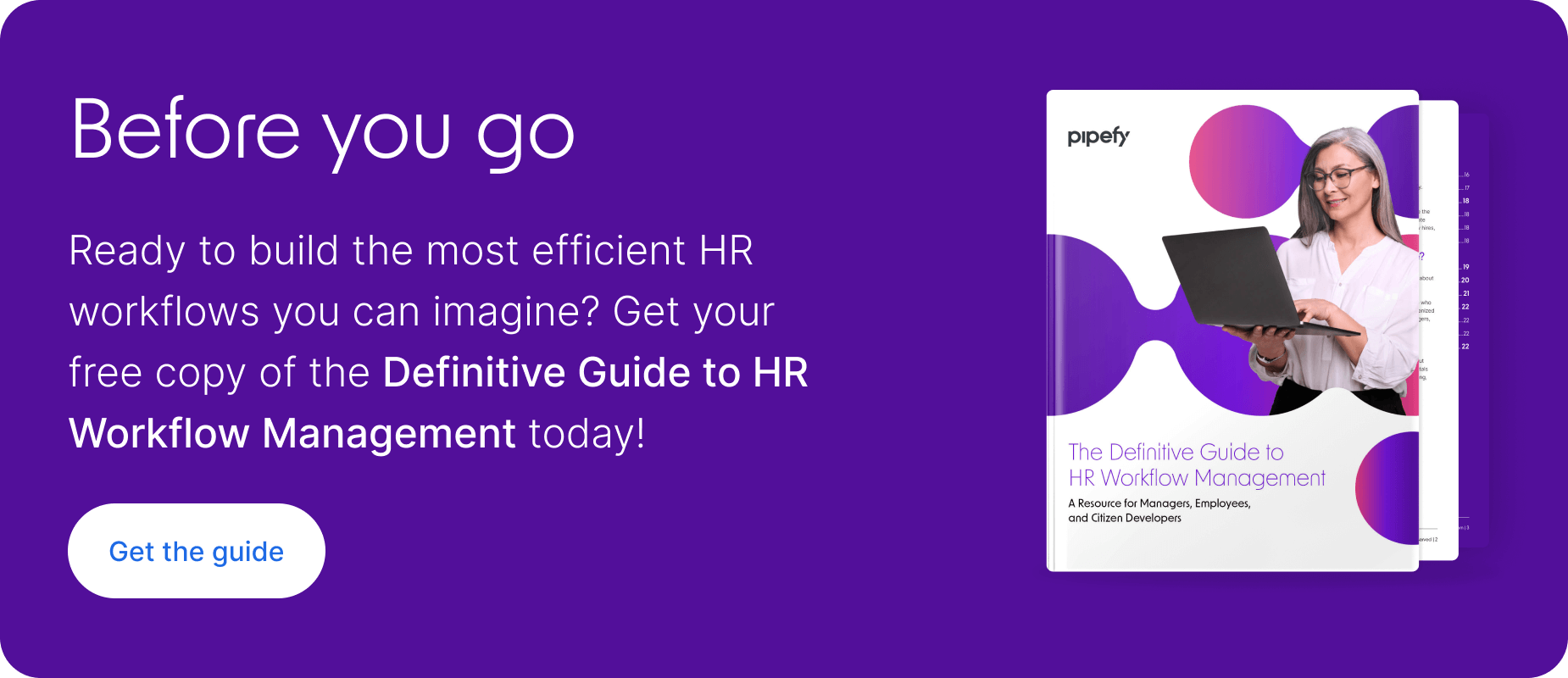ARTICLE SUMMARY
Employee orientation and employee onboarding are different processes. Learn why you’ll need both of them to retain the best talent in your company.

Imagine starting in a new company without knowing what to do and having no one to introduce you to new colleagues or show you around the office. It’s an uncomfortable situation for a new employee and very costly for the employer.
New hire onboarding and retention are some of the biggest HR department’s challenges. Glassdoor research shows that “the average US employer spends $4000 and 24 days to hire a new worker”. All this money and time investment goes to waste if the new employee has a bad experience with the company and moves on to work in a more welcoming environment.
That is why employee orientation and onboarding are crucial for any organization. They are different but complementary processes, that ensure higher employee engagement, lower turnover, and an effective team. Let’s dive into their differences and understand why the HR department needs to be effective in both of them.
What is employee orientation?
Employee orientation is the first step to welcoming new employees into your company. It usually happens on the first day of employment and includes giving the new hire basic information about the company and a chance to handle paperwork. It’s a good practice to send the paperwork beforehand, so when new employees arrive for their first day, most of it is handled.
At orientation, the HR team needs to check if they have the right information for payroll and if the new employee’s contact information is accurate. Likewise, it’s the perfect moment to give information about the health plan, safety, and other key policies. Administrative procedures are also a part of orientation, such as providing the new hire a computer, office supplies, login information, and software to use.
The goal at orientation should be to show the new employee how the company operates, communicate their rights and responsibilities, provide them with everything they need to start working, and answer any questions they may have.
What is employee onboarding?
Employee onboarding is the long-term series of events that follow orientation day. It refers to the structured process of engaging and incorporating the employee into the company, providing all the information and support they need to become a high-performing, established employee.
It’s the company’s responsibility to engage new employees from day one and transform a top candidate into a top-performing employee. Marina Agranionih, Culture and Employer Branding coordinator at Pipefy, says that properly onboarding new employees “make people understand the company’s culture, know what the company expects from them, and prepare them to ramp up faster in their departments.” Besides, “talking with leaders and people from different departments make new employees feel closer to the company and help them create bonds,” Agranionih adds.
How long should this process last? Even though most companies consider onboarding for just the first few weeks, it’s a good practice to follow up with new employees for 6 to 12 months. An effective onboarding process for new hires focuses on providing all information, knowledge, and tools they need to perform their role to the best of their ability. It also helps to build confidence and make them feel welcome as an essential part of the team.
Onboarding vs. orientation: different but complementary
Orientation and onboarding are not interchangeable, but they are complementary procedures. Both are crucial to engage new hires and help them become top performers. Gallup research shows that “engaged employees are 59% less likely to seek out a new job or career in the next 12 months.” That is why orientation and onboarding combined will help you increase employee retention and avoid turnover.
With orientation, you’ll provide the resources and information for new employees to start at their new position — the first stage of the complex process of incorporating a new professional into the organization. With onboarding, a process that can take up to one year, you’ll help them feel comfortable with the team, understand the company’s culture and their role in the organization’s goals.
To make the integration more effortless, you can start orientation and onboarding during recruitment, giving candidates information about the company, which will also help select the people more aligned with the organization.
Improve employee experiences through better onboarding
How can an HR department structure a good orientation and onboarding process while handling multiple requests and responsibilities?
Onboarding a new employee is a joint effort between many departments, and it takes a long time, which increases its complexity — mainly if you need to do it at scale. So, it can become overwhelming for the HR team to centralize all the tasks and keep everyone on the same page. Now, organizations also have the challenge of onboarding new hires remotely or in a hybrid work environment.
In that sense, Pipefy’s Culture and Employee Branding coordinator says that “it’s essential to have a structured process to provide all the tools and information new employees need to start their work.” Many companies use HR management software to achieve this by centralizing, tracking, and automating tasks and responsibilities.
Many professionals report that their onboarding into new companies was informal and reactive. So, if your company offers structured, consistent onboarding, you’ll be ahead of the game. Likewise, if you can focus more on people and less on paperwork, the chances are that you’ll have happy, productive employees.
“When we don’t have to chase candidates and other people involved in their hiring and onboarding processes, our job gets much easier. This was the ideal recruitment world we’d dreamed of, and this goal motivated us to implement Pipefy.”
Milene Almeida, a Business Partner at James’ Commercial Department
Successfully orienting and onboarding new employees requires multiple steps and involves more than one department, so it’s crucial to evolve the process as your company grows and the HR team learns more about its employees.
Here are a few tips that can help:
- Don’t leave anyone behind. Centralize all tasks and responsibilities in one place, so you can track every new employee and coordinate their onboarding with other departments.
- Standardize to repeat. Create easy-to-follow checklists to standardize your orientation and onboarding process.
- Take advantage of technology. Choose a tool to automate repetitive tasks, SLAs, and to schedule automatic notifications.
- Keep getting better. Document and track the steps to improve the workflow continuously.
- Take it slow! Don’t overwhelm the new hire. Break down information over time and offer different training opportunities.
Find out more about building an effective workflow in our complete guide to the new employee onboarding process.
Build a better onboarding experience with Pipefy
Pipefy is a no-code work orchestrating platform that can help you standardize and automate workflows from multiple HR processes.
Pipefy allows you to set due dates, SLA alerts, and assignees to track new employees’ journeys as long as you need, so no one is forgotten. Automate repetitive tasks by setting triggers and actions and integrating the platform with software your team already uses.
You can also use the tool to connect departments and improve communication, ensuring consistency for every new hire. Finally, extract data from your workflows and use Pipefy’s dashboards to improve your results consistently.
Try Pipefy now!Request a demo






